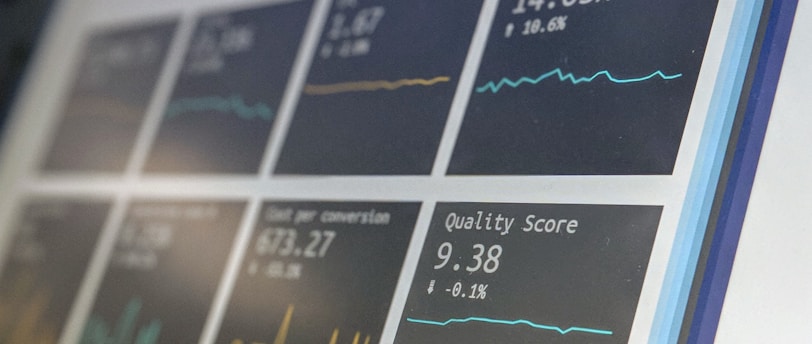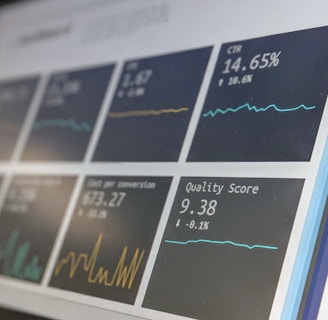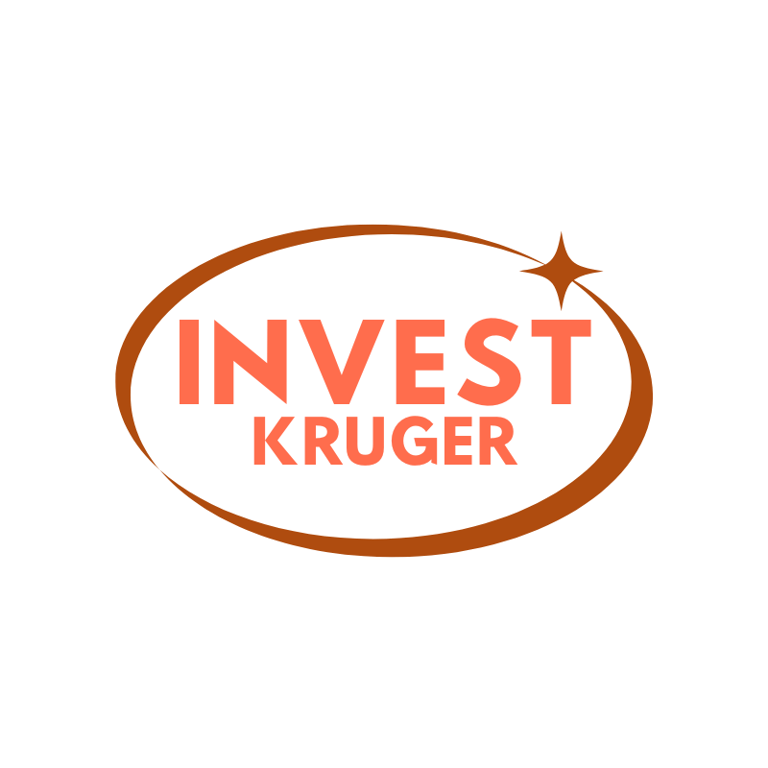What's Good to Invest in 2025?
The economic landscape of 2025 presents unique challenges and opportunities for investors. With inflation persisting above targets and interest rates still elevated, but with expectations of cuts beginning in the second half of the year, the moment calls for carefully calibrated strategies. This article explores the best investment options for the current context, considering different risk profiles and financial goals.
5/13/20254 min read


The Macroeconomic Scenario of 2025
To understand where to invest, it's essential to comprehend the current scenario:
Persistent inflation: Although showing signs of deceleration, it remains above the targets set by central banks.
High interest rates: Central banks maintain a restrictive stance but are signaling possible easing in the second half of the year.
Moderate economic growth: The global economy is growing at modest rates, with uneven performance across countries and regions.
Energy transition: Investments in clean energy continue to accelerate, creating new opportunities.
Technology: Generative AI and quantum computing continue to transform various sectors.
Best Investments by Risk Profile
For Conservative Profiles
Inflation-indexed Treasury bonds
Offer protection against persistent inflation
In the US, TIPS (Treasury Inflation-Protected Securities) provide this protection
Other markets have similar instruments like inflation-linked gilts in the UK
High-quality bank CDs and deposits
Preferably with variable rates tied to benchmark rates
Seek institutions with strong ratings and competitive yields
Pay attention to FDIC insurance limits ($250,000 per depositor per institution)
"High Grade" Fixed Income Funds
Invest in securities from top-tier companies
Look for those with management fees below 0.5% per year
Preference for funds with consistent performance history
Short-term bond funds
Lower volatility than longer-duration bonds
Potential to benefit from reinvestment at higher rates if rates remain elevated
Focus on funds with high-quality credit portfolios
For Moderate Profiles
Multi-asset Funds
Focus on managers with proven track records across different economic cycles
Preference for macro strategies that can benefit from the monetary cycle transition
Diversification across different investment firms
REITs (Real Estate Investment Trusts)
Brick-and-mortar REITs focusing on logistics warehouses and well-located corporate assets
Mortgage REITs with active management to take advantage of arbitrage opportunities
Look for REITs with low vacancy rates and contracts with quality tenants
Diversified ETFs
Global ETFs that provide exposure to different markets and sectors
Dividend ETFs to generate passive income
Selected emerging market ETFs with attractive valuations
Infrastructure investments
Toll roads, energy transmission, and essential services
Projects with predictable cash flows
Pay attention to the quality of the operator and regulatory risks
For Aggressive Profiles
Stocks in inflation-resilient sectors
Companies with pricing power
Sectors such as healthcare, energy, utilities, and consumer staples
Focus on companies with low debt and consistent cash generation
Technology focused on AI and quantum computing
Companies well-positioned in the development and application of AI
Focus on companies with scalable business models and recurring revenue streams
Infrastructure providers for AI (chips, data centers, cloud computing)
Select crypto assets
Bitcoin and Ethereum as main allocations in this segment
Layer 2 projects with growing adoption
Limit total crypto exposure to a comfortable percentage of the portfolio (5-10% for aggressive profiles)
Small Caps with growth potential
Smaller companies well-positioned in niches with expansion potential
Focus on companies with clear competitive advantages
Preference for businesses with low capital requirements and high cash generation
Specific Trends and Opportunities for 2025
1. Energy Transition
The transition to clean energy continues to accelerate, creating opportunities in:
Solar and wind energy: Generation companies and equipment manufacturers
Transmission infrastructure: Essential for integrating renewable sources
Energy storage: Battery technologies and storage systems
Green hydrogen: Projects and technologies in commercial scaling phase
2. Applied Artificial Intelligence
AI is no longer just a promise and is transforming sectors:
Software as a Service (SaaS): Companies integrating AI into their solutions
Digital health: Diagnostics, drug discovery, and personalized medicine
Finance: Risk analysis, fraud detection, and algorithmic trading
Infrastructure: Specialized chips, energy-efficient data centers
3. Cybersecurity
With accelerated digitalization, security becomes even more critical:
Endpoint protection: Solutions that protect remote devices
Cloud security: Companies specialized in protecting cloud environments
Advanced authentication: Biometric and multi-factor technologies
Incident response: Specialized services in containment and recovery
4. Reshoring and Nearshoring
The reorganization of global supply chains continues:
Industrial automation: Robotics and systems to reduce labor dependency
Advanced logistics: Route optimization and intelligent inventory management
Specialized manufacturing: Production of critical components in nearby markets
Port and transportation infrastructure: Fundamental for new trade routes
Diversification Strategies for 2025
Geographic Diversification
United States: Focus on technology and healthcare
Asia: Selective exposure to markets with above-average growth
Europe: Defensive sectors and clean energy
Emerging Markets: Commodities and infrastructure
Asset Class Diversification
Fixed Income: 40-60% (conservative), 30-40% (moderate), 15-30% (aggressive)
Equities: 10-20% (conservative), 30-50% (moderate), 40-60% (aggressive)
Alternatives: 5-10% (conservative), 10-20% (moderate), 15-30% (aggressive)
Protection (gold, USD): 5-10% regardless of profile
Entry Strategy
In an environment of still-elevated interest rates:
Regular contributions: Invest periodically to dilute timing risk
Gradual allocation: For higher-risk assets, enter gradually over 6-12 months
Strategic reserve: Maintain 10-15% in liquidity to take advantage of specific opportunities
Practical Tips for Investors in 2025
Review your costs: Management fees, brokerage fees, and taxes can consume a significant portion of returns. Reassess if you're paying what's necessary.
Automate investments: Set up automatic contributions to discipline your strategy and avoid emotional decisions.
Perform periodic rebalancing: Every 6 months, adjust your portfolio to maintain the desired allocation among asset classes.
Diversify among managers: Even the best managers go through periods of below-expected performance.
Document your strategy: Record your objectives and investment criteria in writing to consult in moments of doubt or volatility.
Monitor fundamental indicators: Interest rates, inflation, economic growth, and corporate results are more important than daily price fluctuations.
Have patience: The best investments rarely generate significant returns in the short term.
Risks to Monitor in 2025
Stagflation: Scenario of low growth with persistent inflation
Geopolitical tensions: Regional conflicts that can impact supply chains
Sector bubbles: Especially in technology and crypto assets
Credit stress: Increasing defaults in sectors sensitive to high interest rates
Extreme climate events: Impacts on agricultural production and infrastructure
Conclusion
The year 2025 presents a transition scenario, with interest rates still elevated but with a perspective of gradual monetary easing. This environment favors well-calibrated strategies that combine protection against persistent inflation with selective exposure to growth sectors.
The key to success isn't in trying to find the "best investment of the year," but in building a diversified portfolio aligned with your long-term goals. Remember that successful investing is a continuous process of learning, adaptation, and discipline.
Regardless of risk profile, ongoing financial education and regular monitoring of the economic scenario are fundamental to navigate safely and take advantage of the opportunities that 2025 offers to prepared investors.
